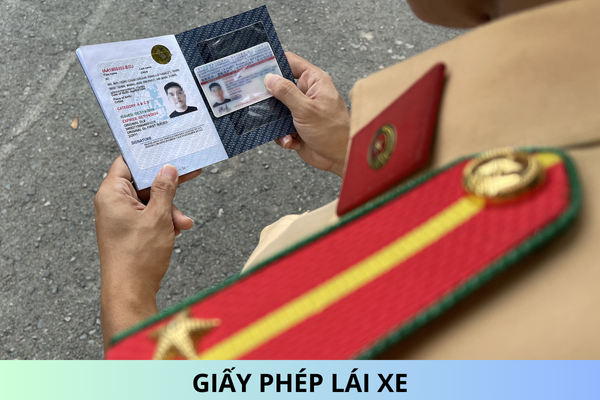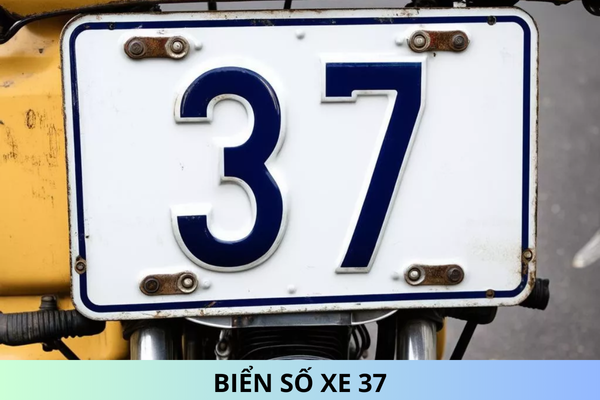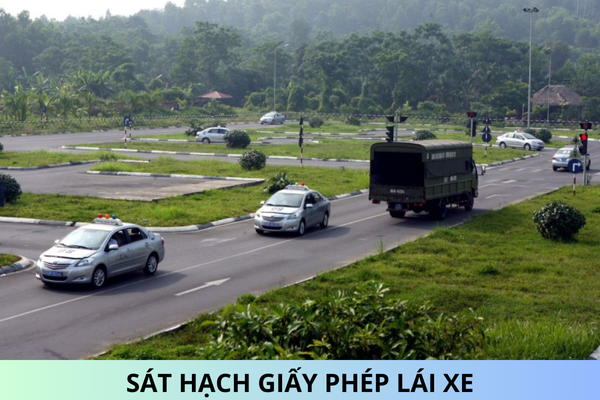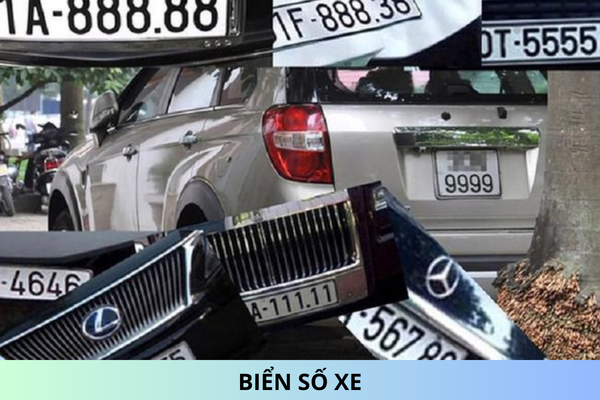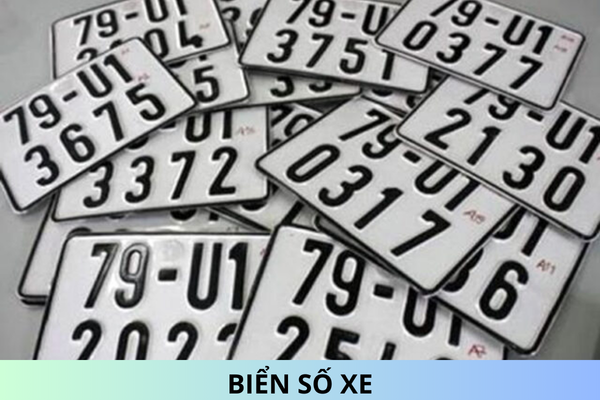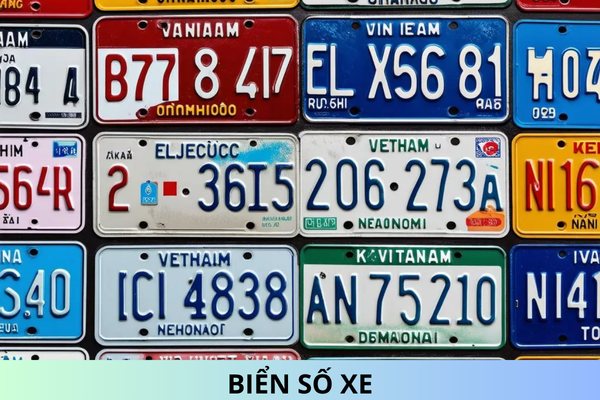What is customs operation in the Customs development strategy to 2030 in Vietnam?
What is customs operation in the Customs development strategy to 2030 in Vietnam? Please advise. Thankyou.
What is customs operation in the Customs development strategy to 2030 in Vietnam?
At Item b, subsection 4, Section II, Article 1 of Decision 628/QD-TTg in 2022, there are regulations on the implementation of the Customs development strategy up to 2030 as follows:
b) Customs operations
- Customs procedures, customs inspection and supervision
+ Apply chain management approach: Implement an integrated supply chain management model as guided in the Security and Trade Facilitation Framework (SAFE) of the WCO; management according to the value chain to meet the requirements of State management on Customs for the entire production and business process of enterprises.
+ Researching, step by step implementation of customs clearance guarantee insurance for imported and exported goods.
+ Redesigning the system of customs procedures, customs inspection and supervision as the basis for building a digital Customs model according to the Digital Government architecture, Smart Customs as recommended by the WCO with the level of increasingly digitization and automation.
+ Implement a smart customs border management model as recommended by WCO to ensure that Customs can monitor and control goods from the input of raw materials to the time they are put into production and processing. transportation from the exporting country to the importing country.
+ Implement green customs, encourage and promote trade activities towards sustainable development according to the circular economy model through the effective implementation of international treaties on environmental and animal protection In the wild that Vietnam has signed, there are measures to encourage import-export enterprises to implement solutions according to the circular economy model. Effectively monitor and control the movement of goods across borders, promptly prevent violations that affect human health, the environment, and wildlife protection ecosystems.
+ Effectively implement the Scheme on reforming the model of quality inspection and food safety inspection for imported goods.
+ Develop and implement a centralized customs clearance model through the establishment of centralized customs dossier inspection locations at regional customs offices. Building and implementing a model of centralized physical inspection locations, applying modern technology, machinery and equipment in customs inspection, supervision and control.
- Tax Administration
+ Reviewing and recommending the uniform application of tax policies, focusing on the application of value-added tax and special consumption tax management policies for goods at the import stage, consistent with goods at the domestic stage. land; propose to promote the reform of the tax system for imported and exported goods in accordance with the country's situation and international commitments. Proposing to supplement, complete and simplify import and export tax rates, contributing to effective tax management.
+ Redesigning tax administration procedures in the direction of simplification and synchronization with customs procedures as the basis for digitizing tax management processes from tax collection, tax payment, tax exemption, and reduction. tax, tax refund, no tax, handling overpaid tax, meeting the requirements of promoting the application of information technology to tax management activities in the implementation of the digital and smart customs model with a low level of tax. high degree of automation.
- Post-clearance checks
+ Building a model of organizing centralized post-clearance inspection at the General Department level; extensive application of the post-customs clearance audit method; to step by step apply investigation expertise to post-clearance inspection.
+ Promote the application of information technology to post-clearance inspection activities in the direction of automatically identifying objects for post-clearance inspection on the basis of applying automatic analysis, risk assessment and analysis models. statistics, professional problems, unusual signs on the information technology system of the Digital Customs, Smart Customs model.
+ Continue to improve regulations on priority enterprises on the basis of WCO's recommendations on: Applicable conditions, priority regimes, powers and responsibilities of customs authorities and enterprises and companies Customs management for priority enterprises, building and promoting the implementation of mutual recognition agreements on priority enterprises between Vietnam Customs and Customs of important partner countries in the world.
- Preventing and combating smuggling, commercial fraud, and illegal cross-border transportation of goods
+ Strengthen customs control in a modern manner, in line with international commitments to simultaneously achieve the objectives of trade facilitation and ensure national economic security and safety.
+ Effectively implement customs control; prevent and reverse the risk of smuggling, trade fraud, illegal transportation of goods, drugs, explosives, weapons, waste, products and samples of wild animals and plants across the border.
+ Completing the legal basis and connecting with state management agencies to exchange information related to the State management of Customs to serve as a basis for analysis, assessment, monitoring and supervision. organize the implementation of customs control measures.
+ Promote the application of information technology to customs control activities to meet the requirements of deploying the digital and smart customs model with a high degree of digitization and automation.
+ Strengthen cooperation and close coordination with international organizations and use modern equipment and technology to exploit globally connected data and national data for effective customs control.
- Risk management
+ Implement synchronously and fully the application of risk management in customs operations.
+ Applying advanced science and technology of the 4th industrial revolution (Internet of Things (IoT), Blockchain, Artificial Intelligence (AI), Big Data, Business Intelligence (BI), ...) to improve the efficiency of risk management: Compliance assessment, risk classification for customs declarants; risk analysis and assessment and identify key points to warn of risks, apply appropriate and effective inspection and supervision measures at three stages before, during and after customs clearance.
+ Expand the subject of compliance assessment to be customs declarants, implement a program to encourage customs declarants to voluntarily comply with the law.
Best Regards!
